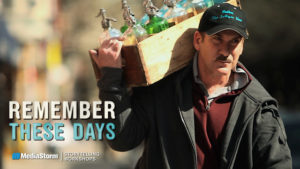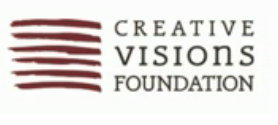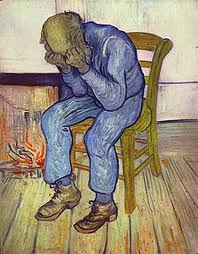Editor’s note: A week ago, I wrote about the rising story folk profiled during the showcase session at Reinvention Summit 2. Andrew Melville was one of those people, but I didn’t have a lot of information about the concept — Story3 — that he was initiating. He has kindly written this post to further describe this concept:
A Guest Post by Andrew Melville
Great stories are like nature.
Full of patterns and symmetry, yet always different.
There is a science, an art and a spirit to story.
Three has been a pattern since time began for myths, tales, oratory, writing , films and theatre.
The hero’s journey, the archetype for stories at the centre of cultures across the world has three parts; the break in connection, the journey, and the return.
There are three-acts plays, and always a beginning a middle and an end, but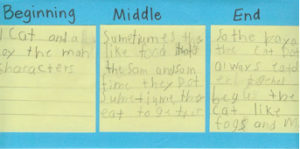 as Jean Luc Godard famously said, not necessarily in that order.
as Jean Luc Godard famously said, not necessarily in that order.
There are so often three main characters in stories; the three kings of the bible, three little pigs, the Wizard of Oz has the tin man, the lion and the scarecrow and there are many other stories that follow a pattern of three.
There are three key areas that a story embeds in the brain; the centres of logic, emotion and primal instinct. Research shows us that the brain loves patterns and symmetry and we remember stories more than anything else.
 Symbolism for cultures and religions across the globe frequently have three-part structures; the trinity of Christianity, the triangles of the Star of David, the three fingers on Maori carvings, the celtic triquestra symbol among them.
Symbolism for cultures and religions across the globe frequently have three-part structures; the trinity of Christianity, the triangles of the Star of David, the three fingers on Maori carvings, the celtic triquestra symbol among them.
In my homeland, the indigenous people, Maori use the pattern of three in symbol, the spoken word and performance.
The three-fingered figures in Maori carving are said to represent, birth, life, and death, that match the universal hero’s journey archetype.
and death, that match the universal hero’s journey archetype.
Many spiritual beliefs have stories about the importance of the three elements of a human being, the mind, the body and the spirit.
In science and in navigation, triangulations are a form, a shape, a structure that is intrinsic and solid.
Triangular three-part structures are a basic form of all molecular life on the planet.
So it is no surprise that the pattern of three has a powerful resonance for human beings.
It is a natural order of things. And it is simple and easy to comprehend.
 In today’s media-rich world, many stories have become one-dimensional; they speak only to the heart and emotions, or only to the head and logic, and rarely to the spirit. Our lives and our work are often made up on a three-part structure, a problem, a cause and a solution.
In today’s media-rich world, many stories have become one-dimensional; they speak only to the heart and emotions, or only to the head and logic, and rarely to the spirit. Our lives and our work are often made up on a three-part structure, a problem, a cause and a solution.
Well crafted, three-dimensional stories have a huge amount to creating balance for us all, in our hearts, minds, and souls.
Andrew Melville is a recognized leader and specialist in the science of storytelling, drawing on experience from a career spanning more than 25 years. Read more on his company site, Spoke, and blog of the same name.
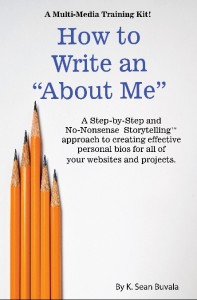 the price has risen above that special launch price, use discount code “newslettermay” (no quotes) to still get your copy at just $7! (Coupon code expires May 7, 2012).
the price has risen above that special launch price, use discount code “newslettermay” (no quotes) to still get your copy at just $7! (Coupon code expires May 7, 2012).



